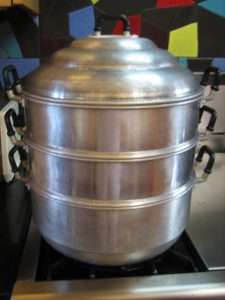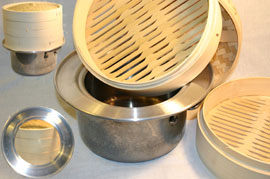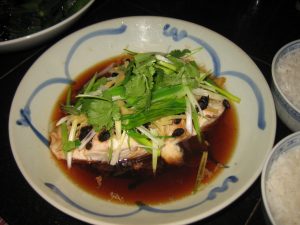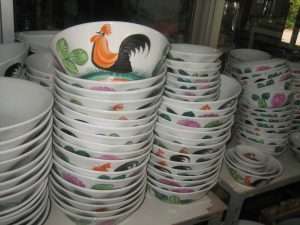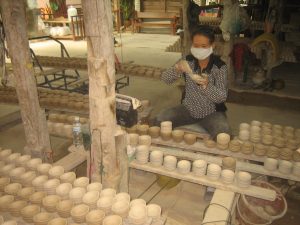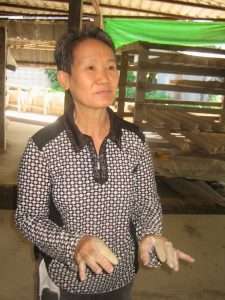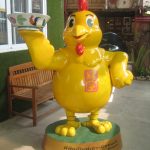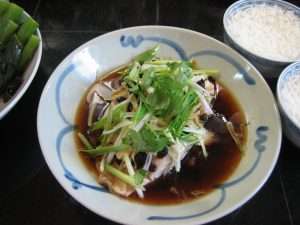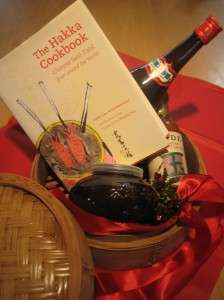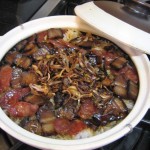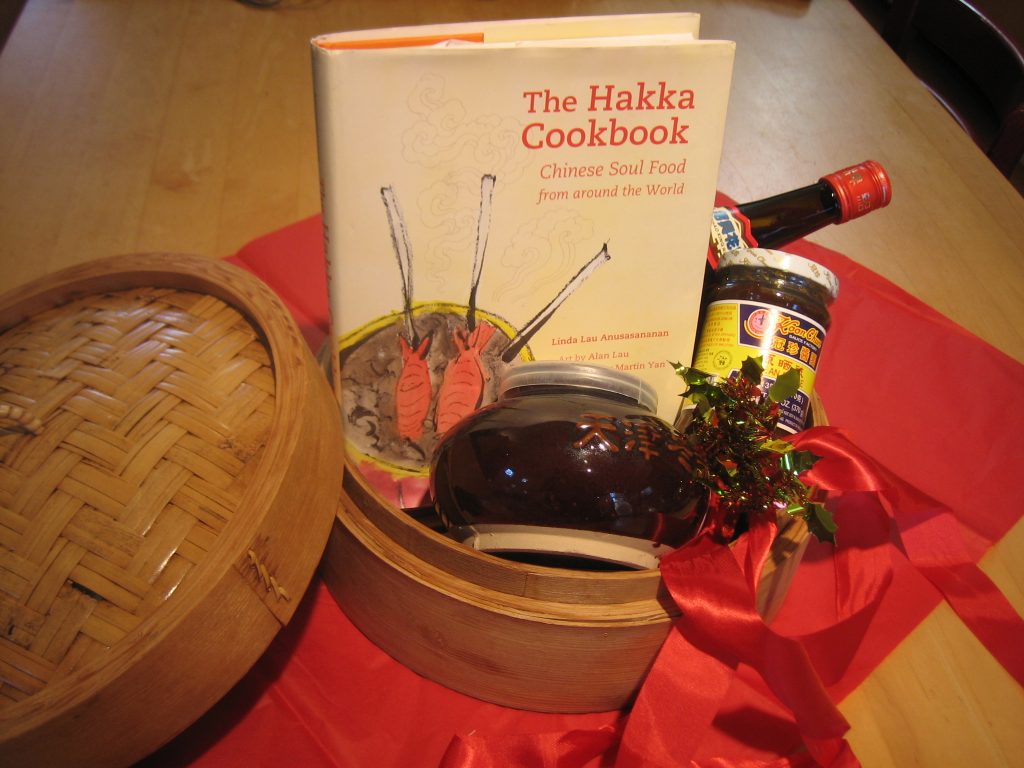
Looking for the perfect gift for your aspiring Chinese chef? If you have someone on your list who wants to learn to cook Chinese food, here are some suggestions for the novice to the more experienced cook. Of course, I would give The Hakka Cookbook with over 140 recipes for Chinese comfort food to special occasion festival dishes. It also includes directions on how to use tools and equipment and a glossary of Chinese pantry ingredients. You can order The Hakka Cookbook from your local bookstore or buy online from many sources, depending on the country you are shopping from.
For a cooking kit, package the book with cooking tools or ingredients. Here are some suggestions.
1. Wok. This is the ultimate all-purpose pan in the Chinese kitchen. Use the wok to stir-fry, deep-fry, braise, boil, and steam. For Western kitchens I would choose a 14-inch flat-bottom wok made from rolled steel or enamel-clad cast iron. Check with the Wok Shop. They will find the right wok for you and your stove. These hard working pans are bargain-priced compared to most Western high quality pans. Also buy a wok spatula to make stir-frying easier and a wok lid. This versatile bowl-shaped pan can also be used for Western dishes. I use mine to make spaghetti sauce and popcorn.
2. Chinese cleaver. This is the equivalent of the French chef’s knife. It’s an all-purpose knife with the advantage of a wide blade that’s handy for crushing garlic and scooping up cut vegetables.
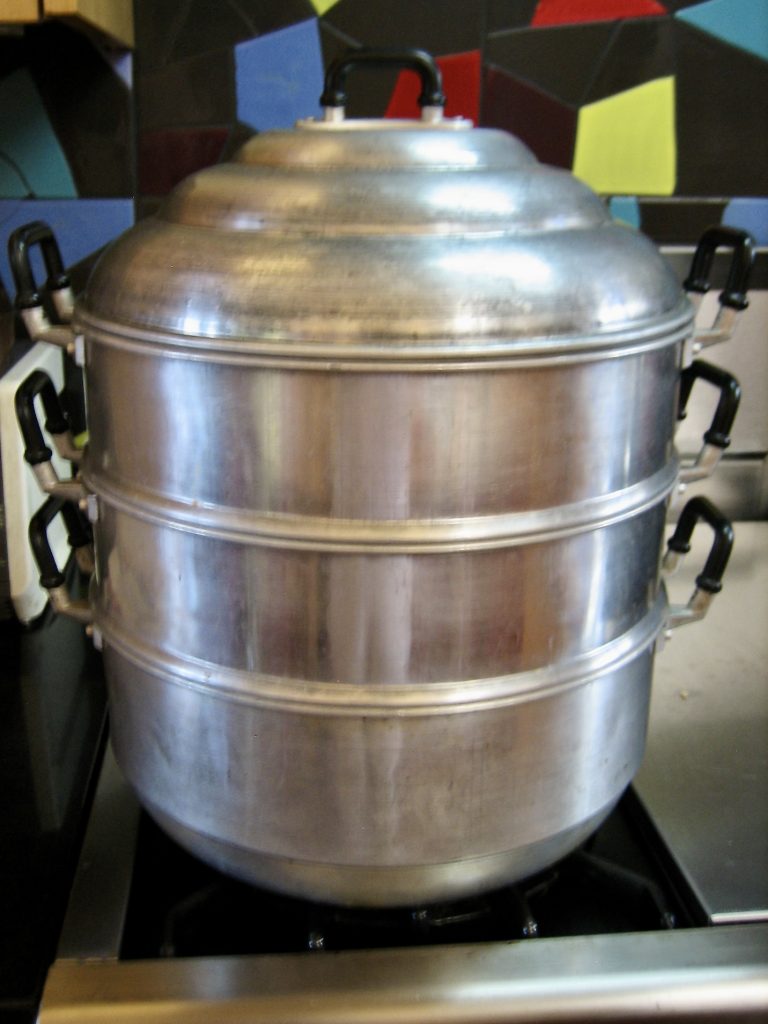
3. Chinese metal steamer or bamboo steamer. These steamers can accommodate wide dishes often used to hold a whole fish, meats, and beaten eggs. Choose one about 11 to 12 inches wide. Basket steamers can be stacked and fit inside a wok. If you steam often, consider a metal multi-layer steamer you can cook several dishes at a time. Steaming is an easy and healthful way to cook. The Wok Shop as well as many Asian supermarkets sell these steamers. Also look for them online.
4. Staples of the Chinese pantry. Present an assortment of key seasonings, especially those that are not readily available in the supermarket, such as dark soy sauce, Chinese rice wine (shaoxing), fermented black beans or black bean and garlic sauce, ground bean sauce, Tianjin preserved vegetables, dried black fungus, and dried tangerine peel. Look at The Hakka Pantry starting on page 247 in The Hakka Cookbook for suggestions, descriptions, Chinese names, and shopping guidance. Or add one of our sauces, JADE Sichuan Peanut Sauce, that is ready to eat without cooking for a table sauce, salad dressing, or stir-fry sauce.
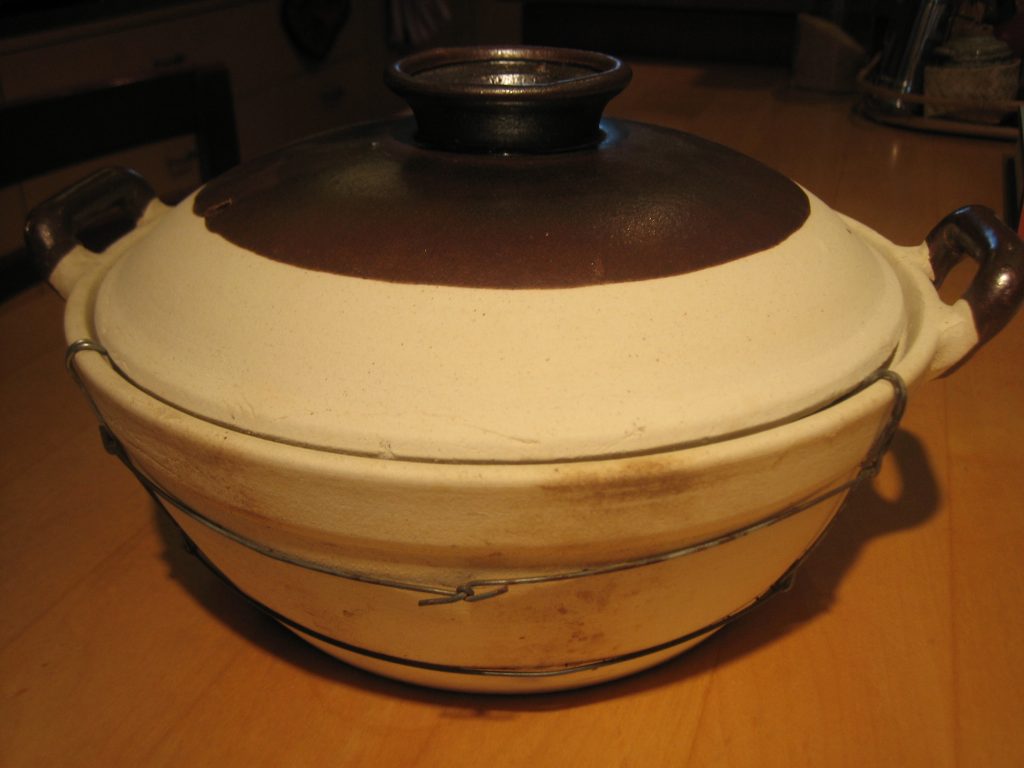
5. Chinese clay pot. For the cook who has the basic equipment, consider giving a clay pot (also known as sand pot). Braise stews, simmer soups, and cook rice in these rustic pots that enhance the natural flavors of the ingredients. They also serve as handsome serving dishes. Buy these pots at an Asian cookware store such as the Wok Shop or online.

